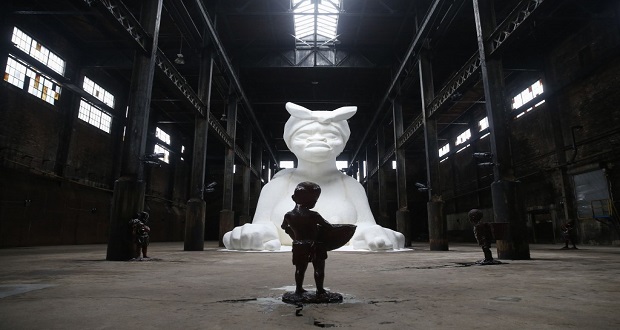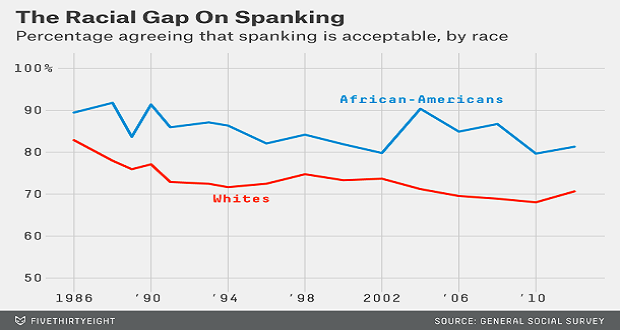“We meet people where they are” in their journey.
This has been a common adage in the diversity, equity, and inclusion space. It is often used to communicate the imperative of designing training, learning, and curriculum that takes into account the reality that learners will have a range of understanding and experience with the DEI topics. Mary-Frances Winters often uses the metaphor in sessions: “You wouldn’t place someone who has not taken basic mathematics in a trigonometry or algebra course.” I agree.
“Meeting people where they are” is one tactic and ideal that is responsive to experiences where learners have been “triggered” or defensive to content around privilege, racism, and power. “Meeting people where they are” has also become a strategy for disrupting the “bad rap” that diversity trainings get for being ineffective and not developmental. There are even tools like the Intercultural Developmental Inventory® (IDI®) that support us in our strides to meet people where they are. The IDI® gauges one’s level of cultural competence – their orientation toward differences – based on the Intercultural Development Continuum™ (IDC™). It helps us understand a learner’s perceived and actual effectiveness navigating across differences ranging from worldviews that are ethnocentric (“I only understand the world through my own cultural lens”) to those that are ethnorelative (“I understand my cultural lens and am able to discern, understand, and adapt across differences”). It can be a powerful tool for gauging readiness for certain topics and evaluating the effectiveness of longer-term learning and education initiatives. It is worth stating, the IDI® is a psychometric tool … heavy on the mental and how we think.
“The white fathers told us: I think, therefore I am. The Black mother within each of us – the poet – whispers in our dreams: I feel, therefore I can be free.”
In my experience, “meeting people where they are” has long referred to and been limited to inquiry into the intellect, the mind. Likewise, “meeting people where they are,” as well-intentioned as it may be, in practice, has more often been applied with a “silent” white. In other words, “meeting [white] people where they are.” It is worth calling attention to the ways in which even our work – diversity, equity, inclusion, justice work – must be held accountable to its deference to the white gaze.
Meeting people where they are is well-intentioned but has more often been applied with a 'silent' white... 'meeting (white) people where they are.' Even DEIJ work must be held accountable to its deference to the white gaze Click To TweetWhite Gaze: The false assumption that every situation must be understood and processed through the lens of, and based on, the comfort levels of white people.
Let me offer that I do not take issue with (and feel it is quite necessary to) “meet white people where they are” in this work, and if that is what we mean and are doing, it is worth, perhaps even powerful, being explicit about it.
I do not take issue with (and feel it is quite necessary to) 'meet white people where they are' in this work, and if that is what we mean and are doing, it is worth, perhaps even powerful, being explicit about it. Click To TweetI also wonder what is lost when we are not as expansive in our practice. Put plainly: what happens when Black and Brown people do not “see” themselves in the work? We have experienced and written that Black and Brown folks are declaring “this is not my work,” specifically in sessions around anti-racism and justice. Rightfully so, they are fatigued and traumatized by the work they bear witness to as their white colleagues process and awaken to the impact of racism. Sometimes Black and Brown people share that they feel affirmed by the learning, which is also great… and, affirming our experiences under the system of white supremacy is only one part of the work. What happens when practitioners do not see ourselves in our work? I spend more time in community with practitioners, the choir, Black and Brown people, and still have no shortage of experiences that can be linked back to the unhealed trauma of oppression.
Black and Brown folks are declaring 'this is not my work,' around anti-racism and justice. They are fatigued and traumatized by the work they bear witness to as white colleagues process and awaken to racism. Click To TweetEarlier this week, an article on CNN came across my feed, “White Supremacy, with a tan.” The author affirms what Black scholars and thought leaders have known and challenged us to think critically about for decades.
None of us, even those most harmed, are immune from internalizing [being injected with] white supremacist, capitalist, patriarchal norms. Meeting people where they are requires understanding, embodying this framework.
None of us, even those most harmed, are immune from internalizing (being injected with) white supremacist, capitalist, patriarchal norms. Meeting people where they are requires understanding, embodying this framework. Click To TweetAm I suggesting you lead with this in a learning session on diversity 101?
And…
As practitioners, we must be mindful and vigilant in how we embody the work for ourselves and create solutions for those with whom we partner.
“My Blackness does not make me immune to the influence of white supremacy. Today, I challenge myself to pause and interrogate how I internalize this toxic disease.”
If meeting people where they are continues to be limited by the white gaze, we limit our ability to create transformative spaces that are responsive to each of our roles in systems of exclusion and oppression. We run the risk of creating opportunity for oppression to self-perpetuate as Black and Brown-owned systems of oppression and Women-led patriarchal teams. This is not a matter of semantics or ideals. Naming the “silent white” is one part of the opportunity, disrupting it in our work must follow.
If 'meeting people where they are' continues to be limited by the white gaze, we limit our ability to create transformative spaces responsive to our roles in systems. We risk creating opportunity for oppression to self-perpetuate. Click To TweetWhat does “Meeting People Where They Are” mean to me? My colleague, Kevin Carter, recently asked I reflect on this.
By my own standards…
Meeting people where they are means … honoring the ‘people,’ the human – recognizing that people are a sum of their experiences, and identities, life happenings, and trauma.
Meeting people where they are means … meeting people at their intellectual learning edge and creating containers, transformative community for embodying the work. There is a difference between having an intellectual understanding of the work and embodying the work. We’ve largely been situated in the former.
Meeting people where they are means … meeting people mind, body, spirit. Part of my personal practice has been remembering and centering my spiritual self.
Meeting people where they are means … meeting people within their intersections of power and oppression, unraveling the impact of internalized dominance and injected oppression in compassionate, loving ways.
Meeting people where they are means … meeting people where I too have been and am (engaging in my own work) … as a learner, leader, human.
Meeting people where they are means …meeting people within their intersections of power and oppression, unraveling the impact of internalized dominance and injected oppression in compassionate, loving ways. Click To Tweet





















I love this piece about “meeting people where they are” and have asked myself some of the same questions about what that has come to mean. And while I also totally agree that it is important to “meet people where they are” intellectually and in regards to exposure and experience etc when designing or facilitating educational experience… As a white male DEI practitioner, I also fear that the term has also become code for “taking care of white people” in these discussions/experiences… at the same time saying, for instance, to BIPOC that if “where you are” is angry or depressed or just plain fed-up… we don’t want to “meet you where you are” in these discussions. If that is the case then as DEI practitioners (the people who are supposed to get this stuff) are displaying and perpetuating some of the same white supremacy ideology we are supposed to be disrupting.